Ngs Sample Preparation Market Summary
As per MRFR analysis, the NGS Sample Preparation Market Size was estimated at 2.735 USD Billion in 2024. The NGS Sample Preparation industry is projected to grow from 3.041 USD Billion in 2025 to 8.777 USD Billion by 2035, exhibiting a compound annual growth rate (CAGR) of 11.18 during the forecast period 2025 - 2035.
Key Market Trends & Highlights
The NGS Sample Preparation Market is poised for substantial growth driven by technological advancements and increasing demand for personalized medicine.
- Automation in sample preparation is becoming increasingly prevalent, enhancing efficiency and accuracy in workflows.
- Customization of sample preparation solutions is gaining traction, catering to diverse research needs across various applications.
- Collaborative research initiatives are fostering innovation and accelerating the development of next-generation sequencing technologies.
- Technological advancements in NGS and the rising demand for personalized medicine are key drivers propelling market growth, particularly in North America and Asia-Pacific, with clinical diagnostics and library preparation kits leading the segments.
Market Size & Forecast
| 2024 Market Size | 2.735 (USD Billion) |
| 2035 Market Size | 8.777 (USD Billion) |
| CAGR (2025 - 2035) | 11.18% |
Major Players
Illumina (US), Thermo Fisher Scientific (US), Qiagen (DE), Roche (CH), Agilent Technologies (US), PerkinElmer (US), Bio-Rad Laboratories (US), New England Biolabs (US), Takara Bio (JP)


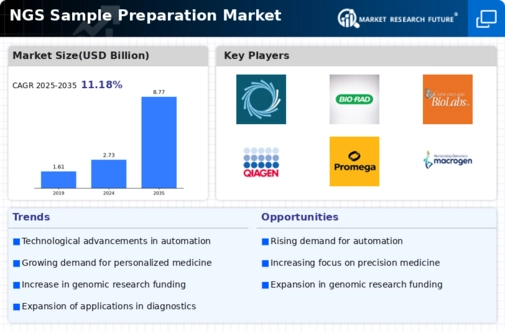
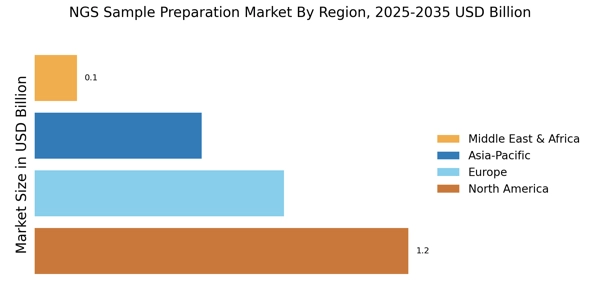

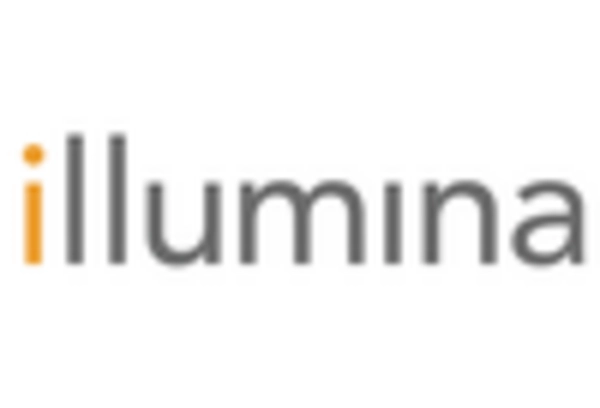
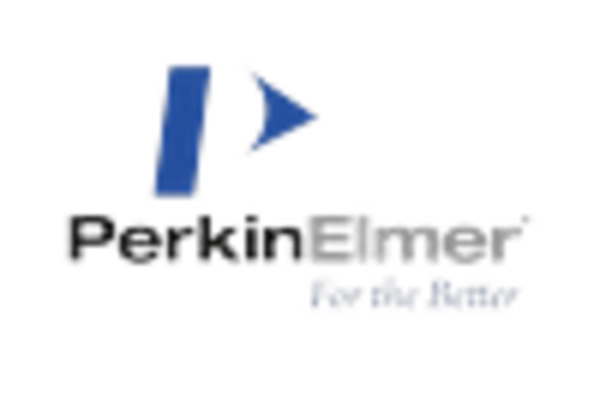
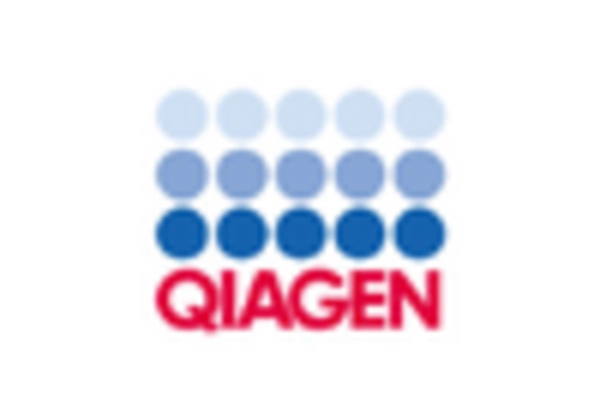










Leave a Comment